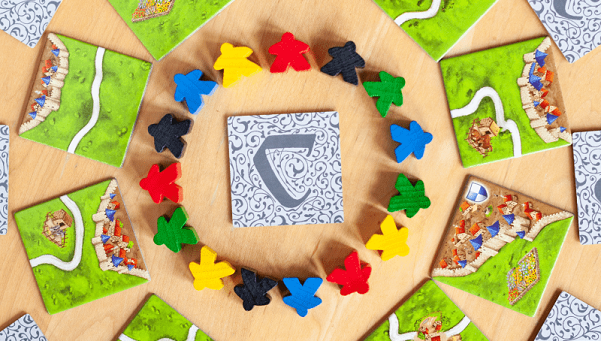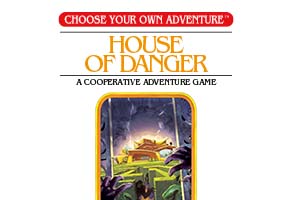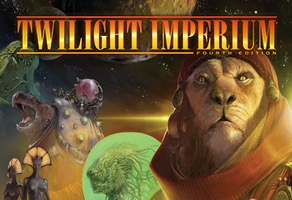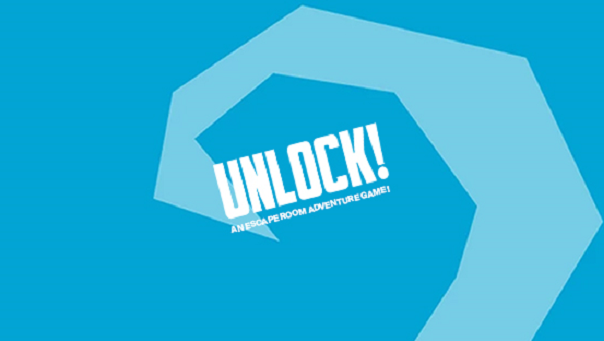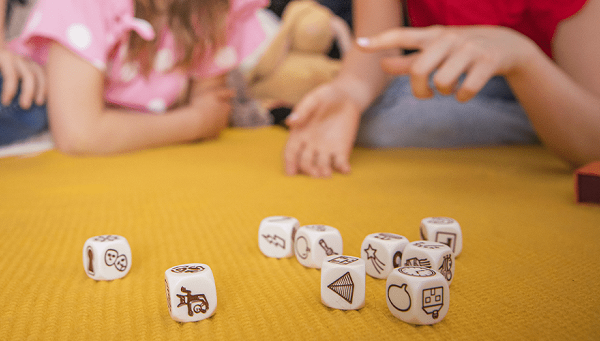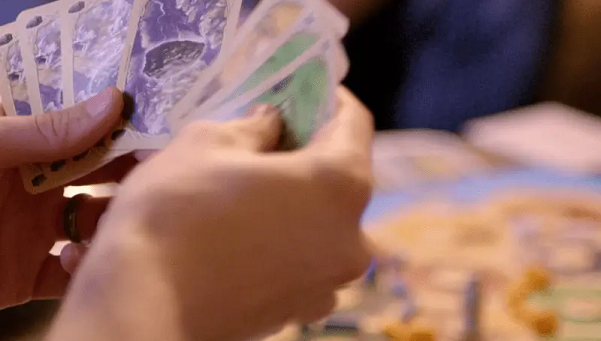What is Carcasonne
So, what is Carcassonne? Named after the eponymous medieval city in the south of France, Carcassonne is an exciting and gripping board game that invites players to build a medieval world tile by tile.Carcassonne, the city, is famous for its impressive fortifications from the Antiquity and the Middle Ages. The awe-inspiring walls of the fortress still stand today as a unique landmark of the French city. Carcassonne the game challenges its players to develop the area around Carcassonne. In the game, players use tiles to build cities, roads, monasteries, and fields, with each new tile adding to the ever-expanding world. The players compete with each other building roads, cities, monasteries, and fields, fighting to place their pawns, or meeples, strategically. Those who demonstrate the best strategic thinking and venture into wider territory, will gain the points required to win. First published in 2000, the game has a wide fan base. Currently, the ionic game has numerous Carcassonne extensions and standalone titles under the Carcassonne umbrella.
Start exploring the Carcassonne universe by printing a demo version. Go to the Carcassonne Print and Play to print out the tiles. Use thick paper, or cardboard and cut out the tiles carefully. For the meeples, use pieces in different colors, since each player should have 5 meeples in the same color. After that, make a scoreboard on which you can display the points during the game, or simply write the score down. Keep in mind that the printable demo game has fewer tiles than the classic versions of Carcassonne (just 48, compared to 72) and they are smaller. It also has fewer meeples (there are only 5 of them, not 7).
Carcassonne rules. How to play Carcassonne?
With Carcasonne Print and Play, you have 48 tiles depicting roads, cities, and monasteries, all of which are generally surrounded by fields. Every tile looks the same in the back except the start tile that you should mark with a letter "S" in the back making it easy to distinguish. Place the start tile in the middle of the table. Shuffle the remaining tiles and put them face-down in stacks for all players to access. Prepare a scoreboard and set aside five meeples in different colors for each player. You are good to go! One after the other, in clockwise order, the players will place tiles. That's how the scenery will be created and expanded. By placing meeples on the tiles, the players turn them into highwaymen, knights, monks, and farmers.
To continue the landscape, a player must draw a random tile from a stack and choose where to place it. The player may choose to put a meeple on the tile, which would allow them to claim a road, city or a monastery they would build, and score. In order to construct the landscape further, continue the already-existing landscape. To build a road, you should put your tile to continue the already existing line stretching from a village or city. You can claim the road with your meeple, as long as no other player has put their meeple on the road before you. The road is built and scored, when its both ends are closed. It means that the road meets a village, a city, a monastery, or simply loops onto itself. Count the number of tiles that the road stretches over, and you have your score – move the meeple forward according to the score.
Similarly, you score as soon as you have completed a city that your meeple is in – make sure that the city's walls are closed. As soon as you have completed a feature and scored, you can draw your meeple back and further reuse it. You will also receive points for constructing monasteries – as long as your meeple is on the monastery and the monastery itself is surrounded by tiles blending seamlessly in the landscape (that would be 8 tiles surrounding a monastery).
Carcassonne is first and foremost an exciting strategic game – get all Machiavellian and embrace intense competition against your fellow players. After all, the game offers a number of situations when several meeples struggle for scoring a city or a road – whoever shows more creativity and has more luck wins.
After all is built and the dust has settled, there still remains a chance to score a few extra points. Once the game is over, all meeples that are still on the board are scored – each incomplete road, city, coat of arms, and monastery are worth additional points which are added to the players' scores. So, make sure you keep in mind that the scores are counted until the very last moment of the game!
Carcassonne extensions
The Carcasonne Print and Play free demo version offers the perfect start into the exciting world of Carcassonne. After you have got the taste of it with Carcasonne Print and Play, next time, gather your friends for an evening of fun and strategizing with one of the game's more sophisticated versions. You will surely enjoy the atmospheric Carcassonne Bridges, Fortresses and Markets that plunges you into the hustle and bustle of the medieval city. And you will surely have a few good laughs with Carcassonne Sheep and Shepherds, the perfect companion for a lazy evening. Should you like the aesthetics and design of the game, try out the latest version of Carcassonne with the extensions La Rivière and L'Abbé and exquisite illustrations that make playing the game all the more enjoyable!

